One Health Master’s Degree
Recognized by MEC Administrative Rule No. 942/2015 of 09/16/2015, published in DOU of 09/17/2015.
In 2008, the World Health Organization (WHO), the World Organization for Animal Health (OMSA), and the Food and Agriculture Organization of the United Nations (FAO) launched the initiative entitled One World, One Health. This approach recognizes that interactions between humans, animals, and the environment and interconnections of social, environmental, and economic determinants are paramount to preventing and controlling disease and promoting health and well-being. Therefore, the course develops research that addresses health, agricultural production, and the environment to minimize the risks arising from the human-animal-environment interface.
Duração: 24 months (810 hours)
Modalidade: Presencial
Período: Integral
Locais de oferta: Campus Interlagos
Fique por dentro do Programa
Quer saber mais? Vamos te enviar por email.
A Unisa tem o
investimento
perfeito para você
Objectives
The One Health Program aims to train socially engaged researchers for the entire exercise of scientific research and teaching at a higher level, based on the contemporary concept of One Health. For this, the course focuses its efforts on the scientific maturation of the professional, creating an interdisciplinary and transdisciplinary vision so that at the end of their training, the postgraduate can act and generate knowledge in challenges involving animal health, human and the interrelationships with the environment.
Methodology
In addition to teaching and research activities, one of the central pillars of Unisa is promoting the integration of undergraduate and graduate students with vulnerable communities united for the pursuit of well-being and health. Especially in the Veterinary Medicine course, where it is already a tradition.
Course Contents
- Scientific Research Methodology*
- Statistics Applied To Veterinary Medicine*
- Research Seminars*
- Interdisciplinary Research Activities I*
- Interdisciplinary Research Activities II*
- Biology Of The Host-Pathogen
- Relationship
- Emerging Diseases In Dogs And Cats
- Basic Molecular Phylogeny
- Hemoparasites In Dogs And Cats
- Conservation Biology
- Collective Medicine
- Vectors
- Diagnostic Methods Applied To Single Health
- Contraception And Population Control Of Dogs And Cats
- Basic Epidemiology
- Parasitic Diseases In Dogs And Cats
- Biological Interactions
- Trypanosomatids Of Medical And Veterinary Interest
- Homeopathy And Animal Welfare
- Health And Well-Being Of Wild Animals
- Ethology And Animal Welfare
- Special Topics In Veterinary Andrology
- Problem-Based Learning
- Antimicrobial Resistance And Unique Health
- Research And University Extension
- Environmental Fragmentation Resulting
- From Anthropization
- Veterinary Medicine In Watershed Areas
- Didactics In Higher Education
- Main Foodborne Zoonoses
- Health Communication
*Mandatory subjects
Teaching Body
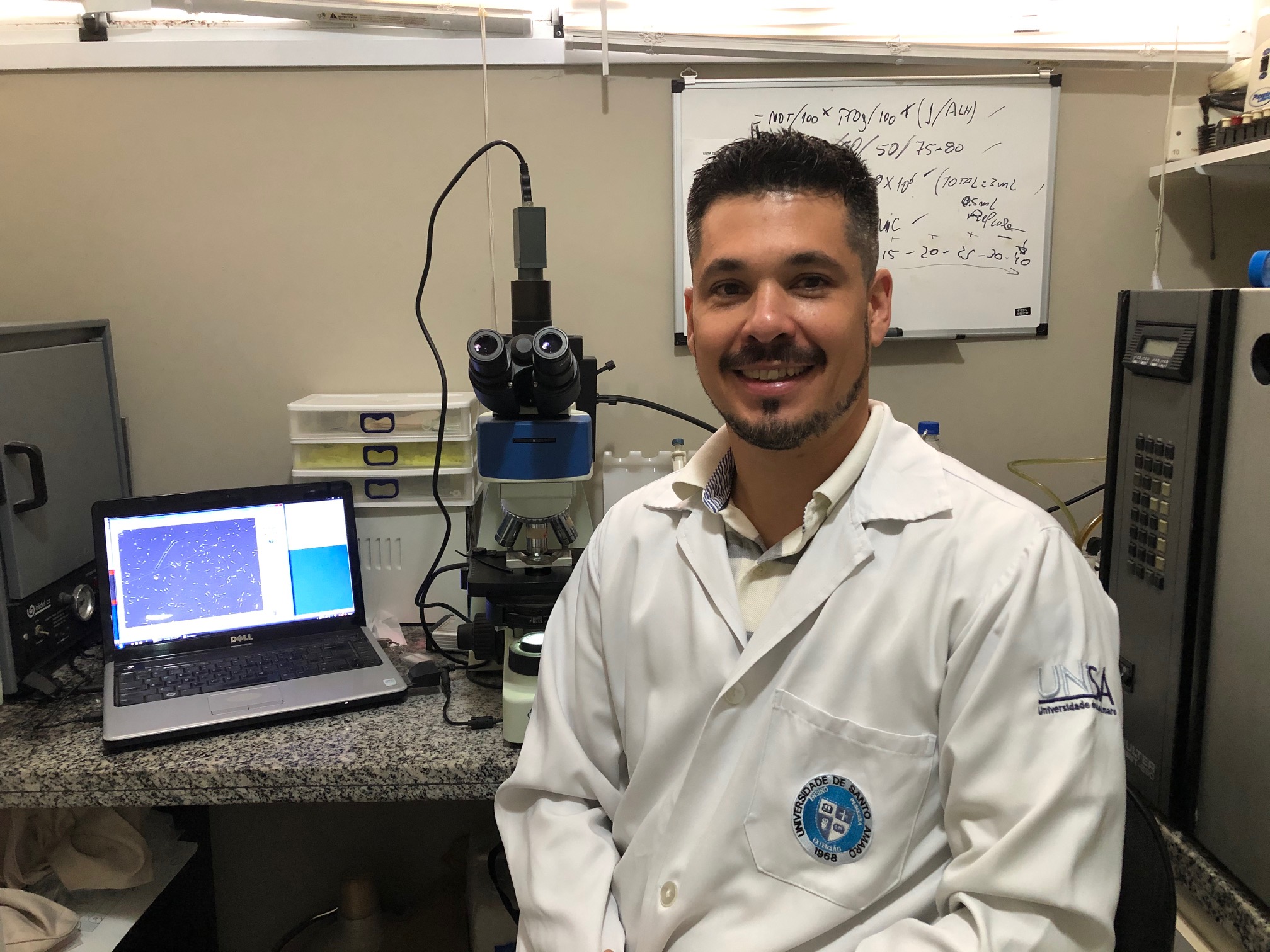

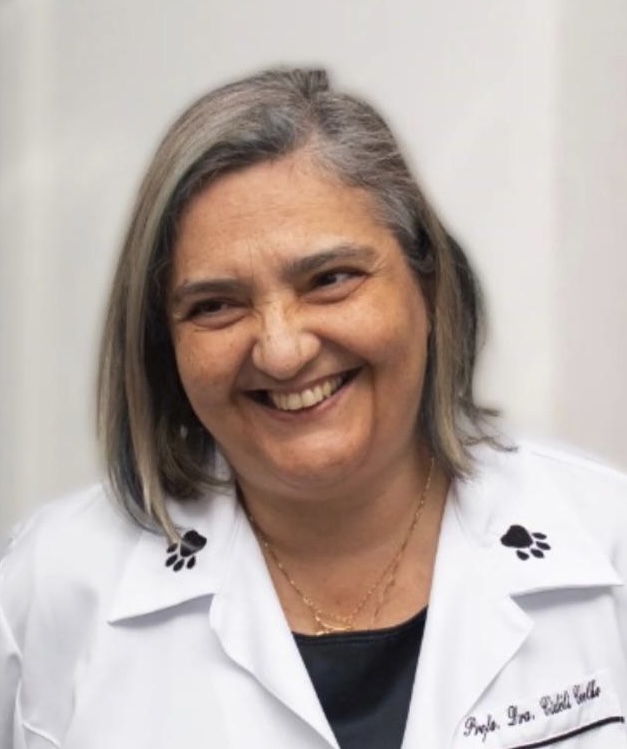
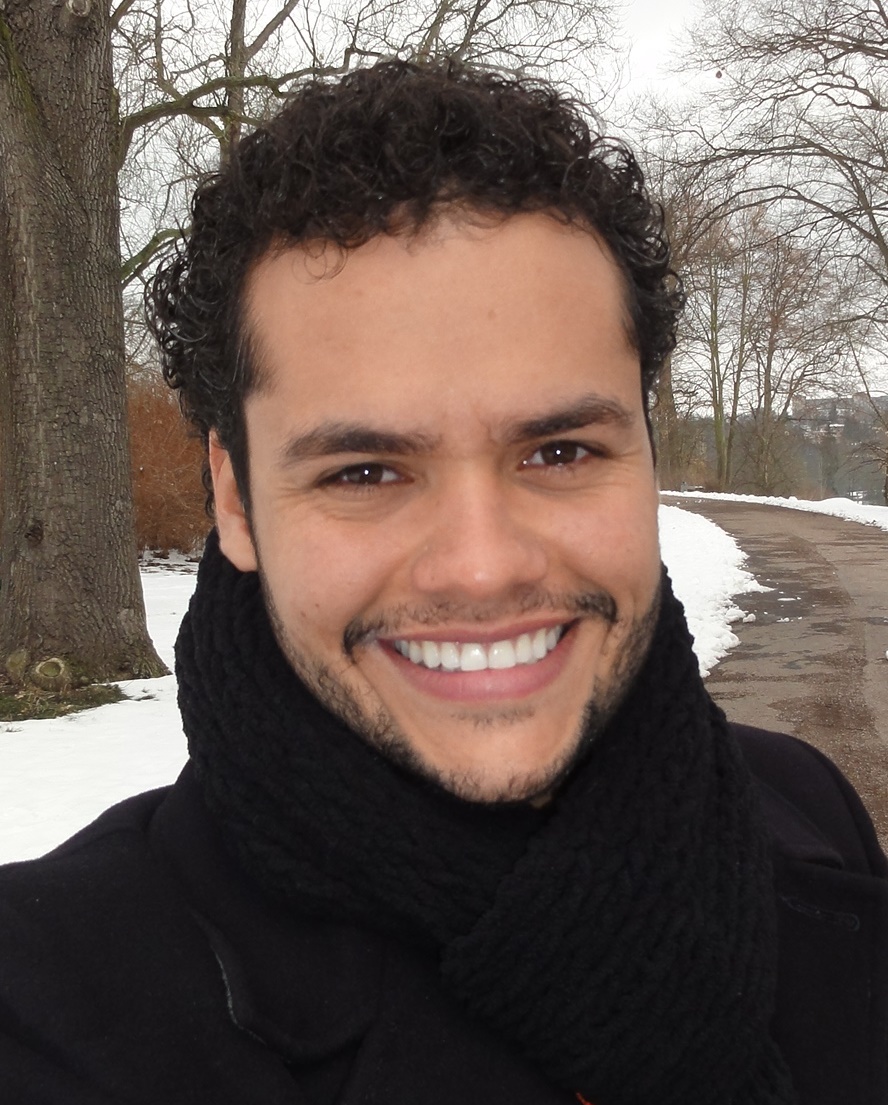
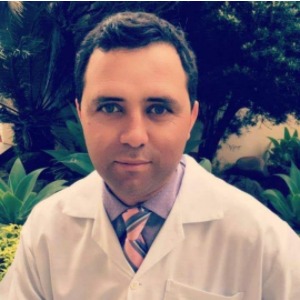

Published Articles
Click here to access articles published by the Teaching Body.
To Whom it is Intended
Veterinarians, Biologists, Biomedicals, Pharmacists, Agronomists, Zootechnicians and Chemists.
Laboratory Structure
Veterinary Research Laboratory – LabVet
Veterinary Hospital – HOVET
Mini farm School
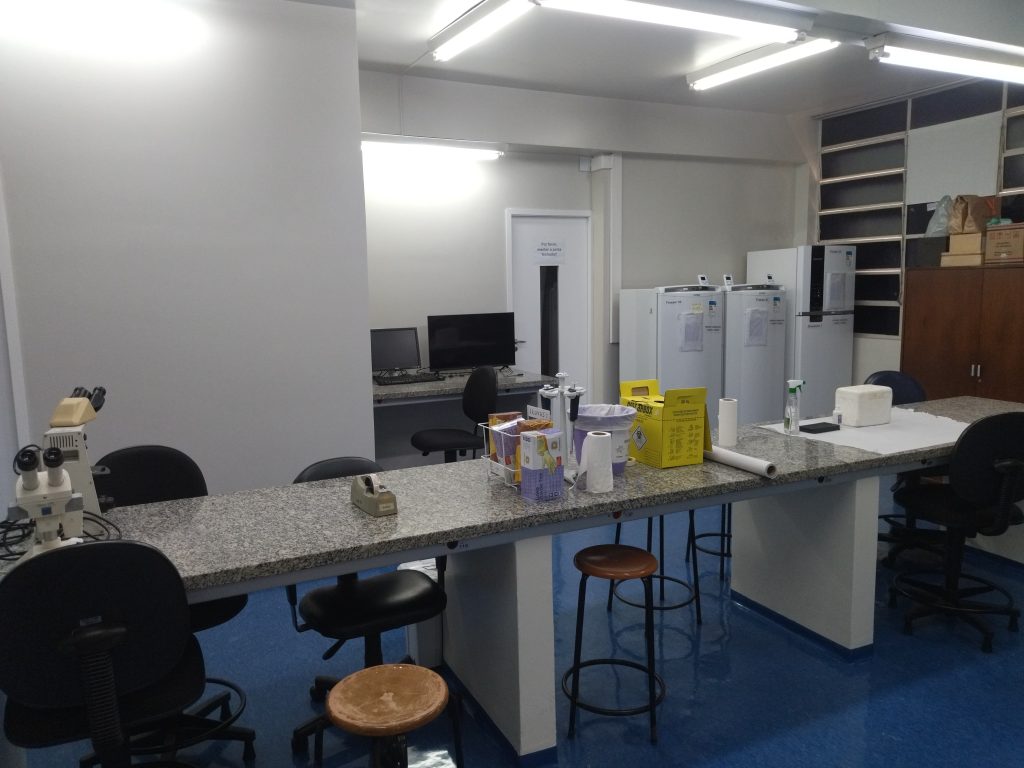
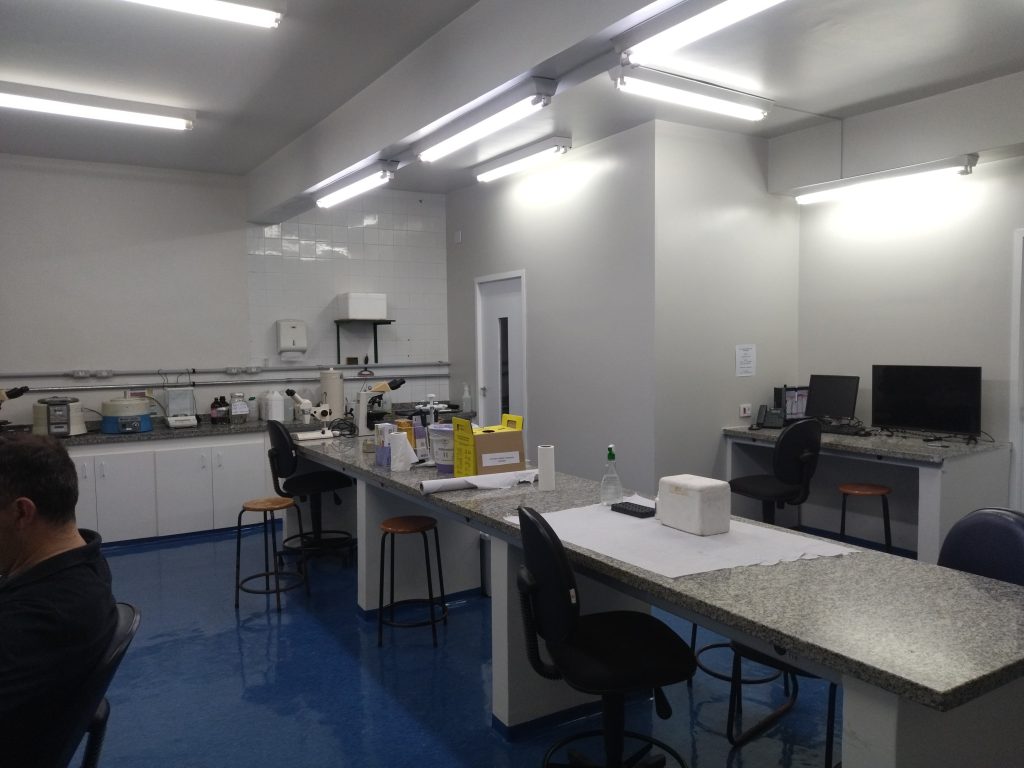
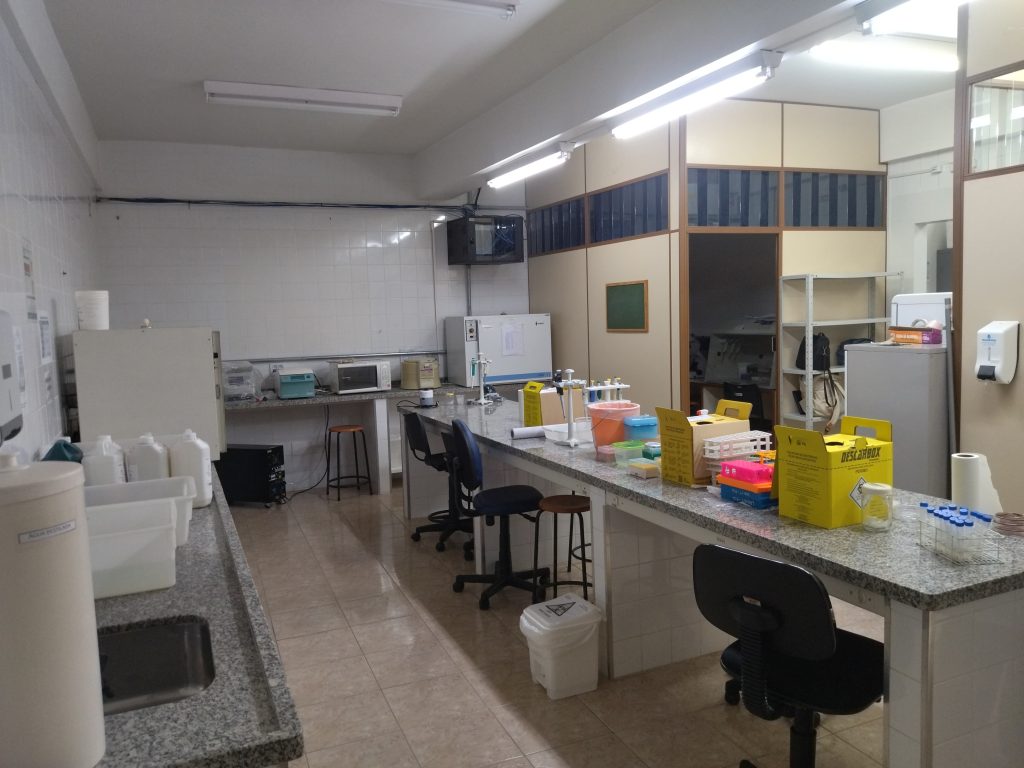
Laboratory Structure
Veterinary Research Laboratory – LabVet
It was developed to enable fundamental and applied scientific research focused on the regional characteristics of large urban centers, aiming at improving the environment and human and animal health. In addition, it aims at training human resources and quality scientific production in the different lines of research that make up the graduate program.
The laboratories are equipped to study:
cell biology and pathogen cultivation,
molecular biology,
molecular and serological diagnosis,
taxonomic studies, clinical and reproductive studies,
and animal nutrition.
Veterinary Hospital – HOVET
The Unisa Veterinary Hospital offers ambulatory care in medical and surgical clinics for small and large animals and an ambulatorial clinic for the care of wild animals. It has a surgical center with two rooms for small animals and large animals. A diagnostic imaging sector is also available, equipped with RX and ultrasonography.
The outpatient clinic for small animal care is large and has ten rooms. Five rooms are destined to the Medical Clinic Sector, of which one is destined for animals with suspicion of infectious diseases and the other five for the Sector of Surgery.
The surgical clinic has five ambulatory rooms. Two are for preparation and recovery, and three are for surgical centers, equipped with pantographic table, surgical focus, HB inhalation anesthesia apparatus (Conquest 3000 model), Digital line cardiac monitor (model DL 6000 vet), Emai pulse oximeter, and air conditioning. In addition, there is a surgical microscope (CEMAPO) for performing microsurgical and ophthalmic procedures.
The area destined for large animals has infrastructure prepared to receive the animals transported in trucks, a patio for water and sunbath, a trunk for containment, and a ring. The hospitalization sector has eight bays.
Mini farm School
The Mini farm School comprises six collective bays and four individual bays. The complex features covered bays, with cemented floor and water troughs for food supply, and an open-air with covered comfort area, where food and water troughs are located.
Currently, the herd comprises 25 animals distributed in adult goats, young goats, young goats, goats, sheep, and sheep.
Research Lines
HEALTH, WELL-BEING, AND BIODIVERSITY
One Health concept aims to study human and animal health, the environment in its plurality, and its interrelationships.
Selective Process 2025
- EInscrições: 19/08/2024 a 22/01/2025
- Documentação: 19/08/2024 a 22/01/2025
- Prova: 27/01/2025
- Entrevistas: 27/01/2025 a 30/01/2025
- Resultados: 31/01/2025
- Matrículas: 03/02/2025 a 07/02/2025
- Início das aulas: 21/02/2025
- *Taxa de inscrição: R$ 50,00
- Acesse aqui o Edital.